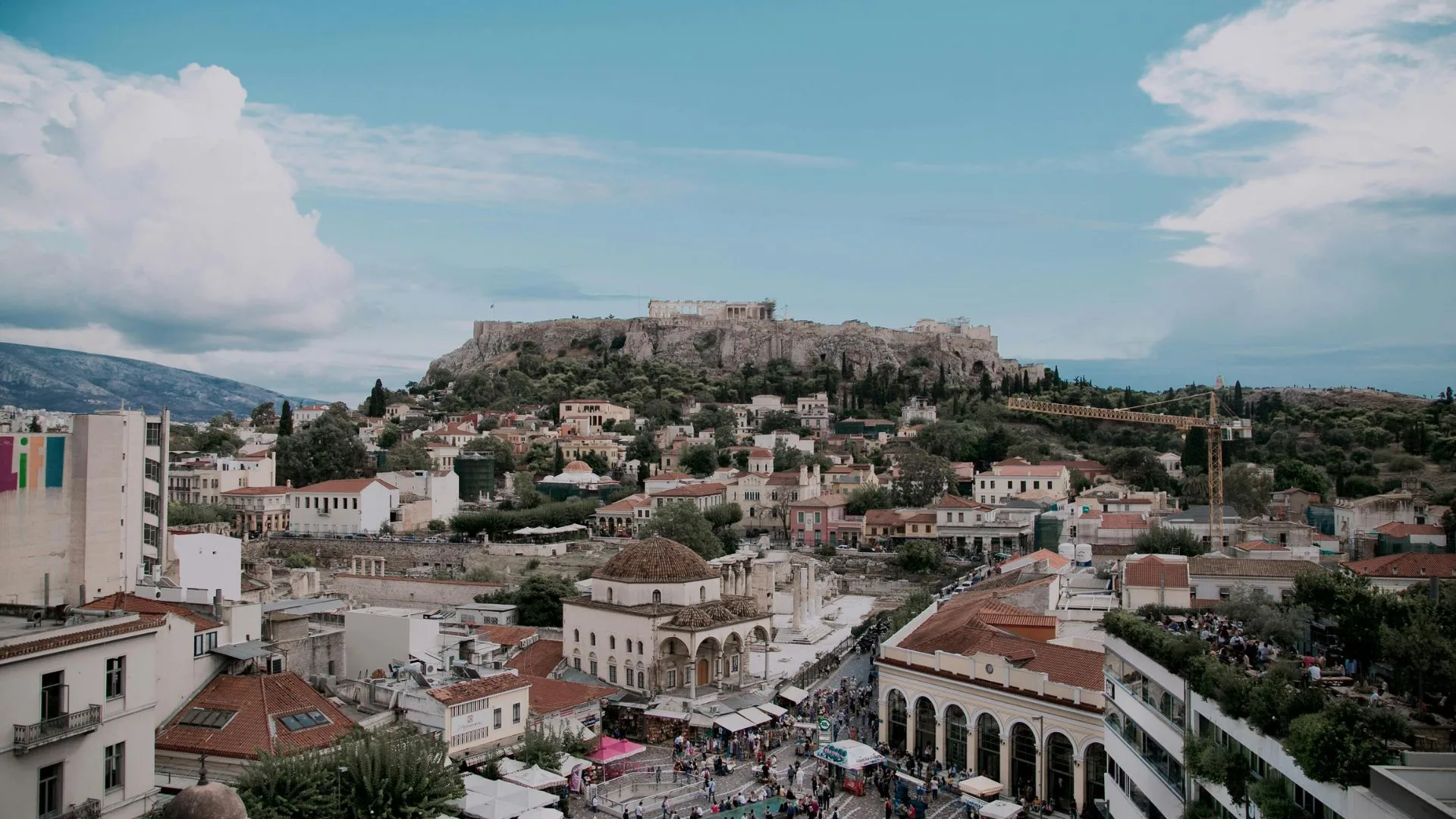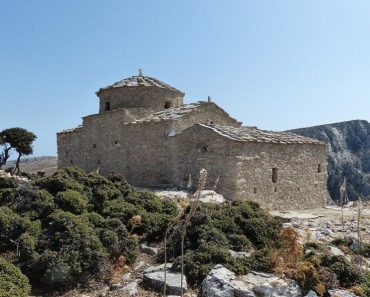Published on
November 24, 2025
Among the many problems that arise from the passage of time, the “evaporation” of Greek History and Culture is one of the most important. Not to mention the buildings and monuments of the 19th-century Neoclassicism era, such as the Tsokris Mansion in Argos, which are falling into disrepair. These buildings are of great value to the History of Greece, and it is sad to see them be of cultural neglect. The lack of these monuments also greatly impacts Greece’s economy due to the loss of their cultural tourism.
In the 19th-century Neoclassicism, there has also recently been one major and potentially problematic positive. The Greek Council of State, by a majority decision, allocated the responsibility of the disintegration of the old buildings and the art of Greece solely to the Greek State, which has the responsibility of either forcing the owners of the old disintegrating buildings to restore them or to them and enforce them. Disintegration has left ancient Greek art, displaced, useless, and increasingly so in the ancient Greek buildings. This Greek State, however, has about 25,000 to 30,000 owners of these disintegrating monuments in the buildings, and, as a result, the Greek State’s responsibility often appears to be ineffective, which means that increasing disintegration is the most important consequence of the use of these growing owners.
The Value of Preservation of Greece’s Buildings for Architectural and Cultural Tourism
Ancient monuments like the Acropolis and the Palace of Knossos are just a few of the attractions of Greece. Aside from these, the country’s neoclassical structures of the 19th century, built during Greece’s modernisation period, are equally important and integral to the history and identity of the country. These structures are reflective of the history of contemporary architecture in Greece and are an exemplary portion of the country’s multicultural heritage.
Neoclassical architecture and structures in Greece are an exhibition of the country’s history and art. Neoclassical architecture essences the traditional architecture of Greece and adds a touch of European architecture. The structures serve as a link of the Europe to Greece in the period of modernization. Major cities and regions of Greece like Athens, Thessoloniki, Argos, and Corinth, holds and preserves these buildings, as they are essential to Greece’s educational tours and travel itineraries. In a global economy that relies on tourism, Greece’s efforts in the preservation of historical architectural buildings are a significant contribution to Greece’s economy.
Challenges Faced by Owners and Efforts for Preservation
Most owners who wish to restore their properties find the restoration costs to be extremely high, while the restoration red tape and procedures make the entire process overwhelming. Eirini Gratsia, an archaeologist from the Monumenta, a nonprofit that seeks to protect architectural heritage, explains that owners find the restoration work to be extremely costly; therefore, there is little to no effort put into the restoration. Preservation efforts for historical buildings is no small feat, as it requires substantial funding, specialised materials, and the craftsmanship that is often needed to be imported from other countries.
Also, owners are often positioned in an overwhelming and time-consuming process of red tape before any restoration work can even be started. Lefteris Michaloutsos who is an architect active in one of the restoration projects in Psyrri, Athens, explains that during the process of getting the necessary approvals, there were three government committees to get through, and it took more than a year and a half. This long and tiresome process causes building owners to simply give up in restoring the building, and decide to let the building continue to become more and more decayed. While funding for restoration is often provided, the complicated legal requirements often mean the building will be fully deteriorated and their protection status will be removed.
Impact on Tourism and Local Economies
Aspects such as neglect and outdated preservation efforts result in the economic loss of timeless historical landmarks of Greece. These landmarks alter the economic tourism potential of Greece. People come to Greece to see the old relics and enjoy the old cities that display an impressive blend of culture with neo-classical architecture. Greece loses the potential to attract excessive tourism that distributes a significant positive economic impact on the cities that are neo-classical and tourism-dominated, when structures like neo-classical cities are demolished, and old relics are neglected.
The visibility of historical structures in Argos and Corinth adds to the legacy of such small towns. For such towns, the economic profit generated by tourism and travellers to historical structures in Greece, Revolves around the preservation of old relics and structures. If historical structures are lost, the potential to attract tourism to the towns of Argos and Corinth will diminish.
Moving Forward: The Need for a Unified Approach
To address the continuing and growing threat with a cohesive and preventative strategy for the preservation of documented heritage, within the construction of policy frameworks and legislation, the review of restoration procedures and provision of restoration funding to property owners needs to be reviewed and enhanced. A unified strategy at the national level could assist owners to navigate the preservation counter at the local level and engage local governments and preservation specialists to collaborate on safeguarding these preservation resources and assets.
Restoration work also needs to be complemented with a positive business case for property owners. Initiating restorations through public-private collaborations may be a path forward. For maintenance of historical buildings and pest control, tax policy and grants for restorers may positively influence self-participation in the preservation and slow decay of Greece’s architectural heritage for future generations.
Conclusion
Greece’s modern neoclassical architectural buildings and other historical sites are keys to the nation’s identity and tourism. Greece will have to sustain and maintain these historical sites to be able to profit from the tourism sector to grow. With a balanced combination of governmental, financial, and community involvement, Greece will be able to maintain its antiquity and continue profiting from the modern neoclassical architecture and cultural tourism.







